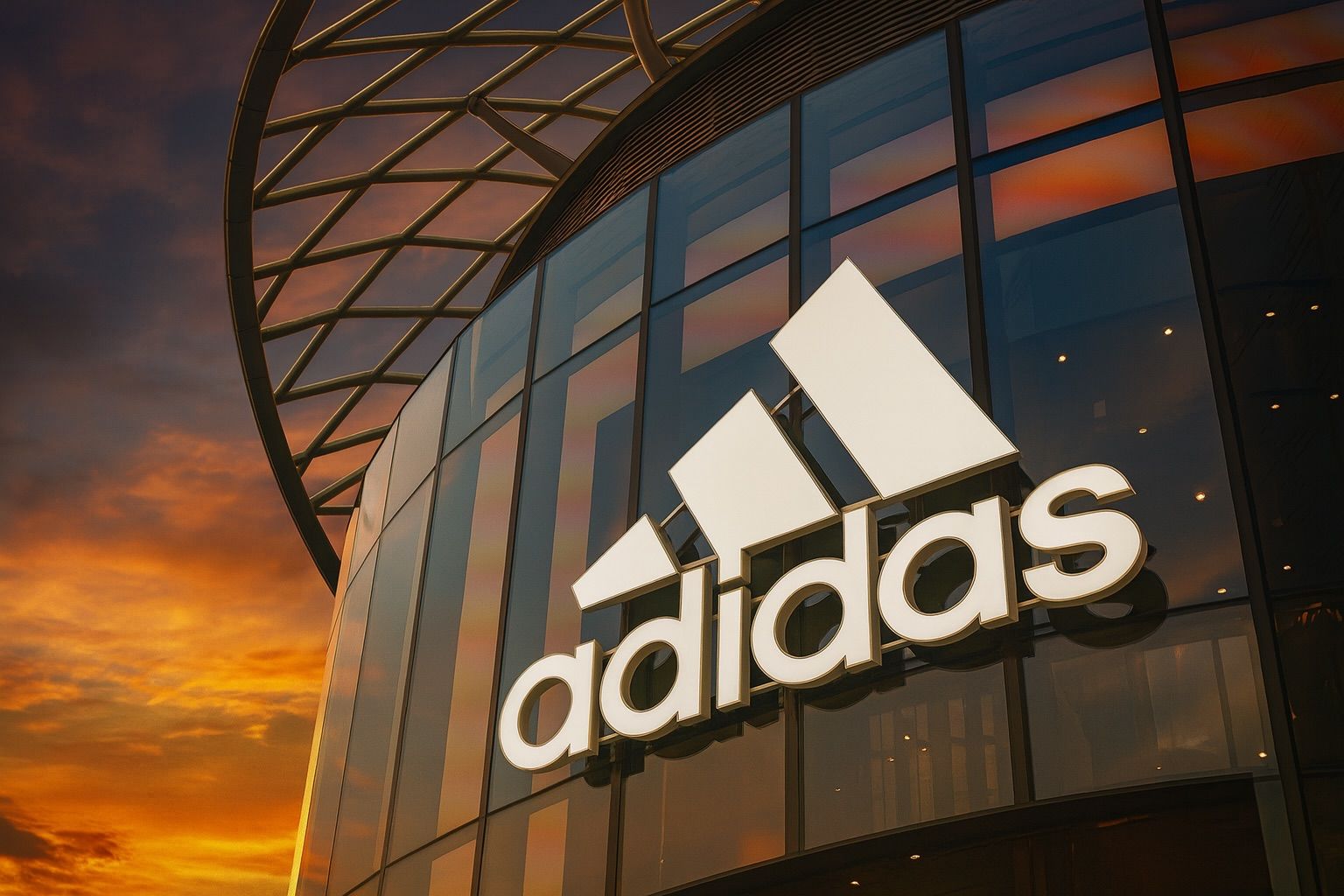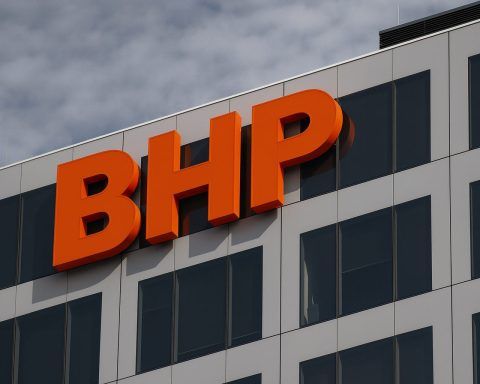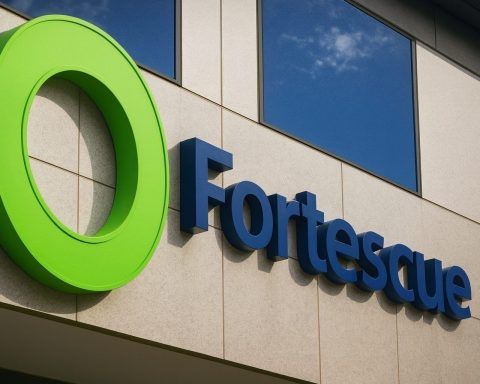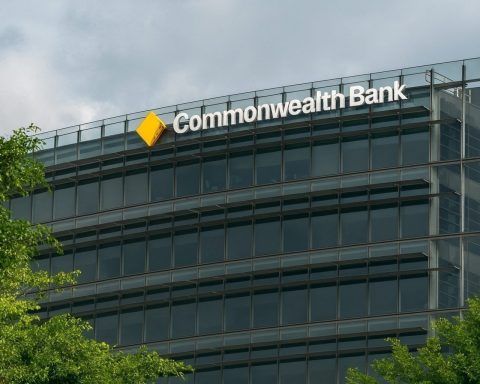- Adidas Q3 sales rose to a record €6.63 billion (up 3% YoY) [1]. However, North American sales fell 5% (currency-adjusted +1%), hurt by a strong euro [2].
- CEO Björn Gulden warns US tariffs will shave about €120 million off 2025 profit (down from a prior €200 million estimate) [3] [4]. The company has raised prices on premium items (e.g. the Samba sneaker now ~$100) to help absorb the tariff hit [5].
- Retro sneakers remain a growth engine. Adidas’ Samba/Gazelle “Terrace” franchise has driven strong sales [6], though analysts caution the early “boom” in these 90s-style shoes may be peaking [7]. Adidas is expanding into running and new lifestyle models to fuel future growth.
- The share price slid about 5% on the latest results, trading near €175 (Oct 29 midday) versus €185 a day earlier [8]. That puts Adidas about 28% below its 52-week high (€261.39) [9].
- Analysts remain upbeat: the consensus price target is roughly €243 (over 30% above current levels) [10], and most brokers rate Adidas a “buy” [11].
Adidas’ third-quarter update (announced Oct. 29) showed the German sportswear maker is still growing globally despite trade headwinds. Group sales hit €6.63 billion – a new quarterly high – up 3% from a year ago [12]. But in North America (its second-biggest market) sales fell 5% on the year, largely because the euro surged against the dollar [13]. In fact, Adidas said the strong euro shaved about €300 million off its sales. On a currency-neutral basis, NA revenues were roughly flat (+1%), versus +8% overall [14].
Gulden told analysts the US tariffs (on Chinese, Vietnam, etc., imports) will cut around €120 million from 2025 operating profit [15] [16] – lower than earlier forecasts after the company partially offset costs. “Everybody who’s importing products from… high-tariff countries is of course nervous,” Gulden said [17]. To cushion consumers, Adidas has focused price hikes on higher-end products (e.g. raising the Samba sneaker from $90 to $100) and avoided big increases on basic items [18]. It also diversified sourcing: for example, it now supplies China mostly from Chinese factories to avoid US tariffs [19]. Gulden conceded “we don’t know how consumers will react” to any price rise [20], so the company is watching spending closely.
Despite the tariff uncertainty, Adidas raised its full-year guidance in late October. The company now aims for about €2.0 billion in 2025 operating profit (up from €1.7–1.8 billion prior) [21], citing stronger sales and cost management. Reported Q3 operating profit climbed to €736 million (from €598 M last year) [22], as growth in running and apparel offset North American softness. For example, running-shoe sales jumped ~30% in the quarter [23], and globally Adidas is pushing more high-performance and lifestyle models beyond its retro classics.
Retro sneakers remain a key narrative. The Samba, Gazelle and other old-school “Terrace” trainers continue to sell very well. Reuters notes that “footwear like the Samba and Gazelle… have been driving sales” [24]. Bernstein analyst Aneesha Sherman says Adidas is “making strong market share gains in the U.S. in direct-to-consumer and sporting goods retail, driven by the Terrace franchise (Samba, Gazelle)” [25]. CEO Gulden himself declared “the Samba is still growing… I know people say it’s over, but it isn’t” (alluding to sceptics) [26].
However, trend-spotters caution the retro fad won’t last forever. WGSN strategist Lucila Saldana notes that while Samba/Gazelle set the pace, their early boom “appear[s] to be reaching saturation” in mass markets [27]. Adidas is already looking for “new sources of growth” beyond those icons [28] – for example, it is expanding its running range and high-tech foam shoes, and even eyewear and golf equipment via its TaylorMade/Reebok units.
On the stock market, Adidas shares have struggled recently. They tumbled about 5% on Oct. 29 when the results and tariff warnings hit (intraday trading saw a brief 4% drop) [29] [30]. As of Oct. 29 midday, the share price was around €175 (down from €185 the prior close) [31]. For context, that’s about 28% below the year’s high of €261.39 and above the 52‑week low of €160.75 [32]. Still, this pullback follows a year of strong gains: Adidas stock has more than doubled since early 2023, partly on investor confidence in CEO Gulden’s turnaround strategy [33].
Looking ahead, most analysts remain optimistic. According to stock analyst surveys, the average 12‑month target is roughly €243 – about 32% higher than current levels [34]. Major banks continue to rate Adidas as a buy (for example, TS2.Tech notes UBS, RBC and JP Morgan have all affirmed Buy ratings recently) [35]. As TS2 observed, “Adidas likewise raised profit guidance, having mitigated some tariff costs,” even amid the uncertainty [36]. Union Investment’s Thomas Jökel believes Adidas can grow “at least 10% annually as long as Nike is struggling” [37], given Adidas’s momentum.
In summary, Adidas has weathered the Q3 report better than feared. Its core business is growing and margins have rebounded (nine-month operating profit is up sharply to €1.293 billion on a 10% margin [38]). The tariff drag – though real – was smaller than initially expected after Adidas adjusted supply chains and prices. While investors will monitor how consumers respond to higher prices and global trade developments, many see the strong product pipeline and event-driven demand (an Olympics and World Cup in North America in 2026 [39]) as tailwinds. In the words of one strategist, Adidas is gaining share even as Nike “struggles” [40]. If the Samba-led fashion trend endures or shifts to new hits, experts think the current share weakness could prove temporary, with Adidas poised for more growth ahead.
Sources: Latest Adidas earnings reports and executive calls [41] [42] [43] [44]; market analyses from Reuters [45] [46] [47] and tech/finance media [48] [49] [50]; DPA/WELT data [51]. Each source is cited in context.
References
1. www.reuters.com, 2. www.reuters.com, 3. www.reuters.com, 4. m.investing.com, 5. www.reuters.com, 6. www.reuters.com, 7. www.reuters.com, 8. www.reuters.com, 9. www.welt.de, 10. stocksguide.com, 11. stocksguide.com, 12. www.reuters.com, 13. www.reuters.com, 14. www.reuters.com, 15. www.reuters.com, 16. m.investing.com, 17. www.reuters.com, 18. www.reuters.com, 19. www.marketscreener.com, 20. m.investing.com, 21. www.reuters.com, 22. www.reuters.com, 23. www.reuters.com, 24. www.reuters.com, 25. www.reuters.com, 26. www.reuters.com, 27. www.reuters.com, 28. www.reuters.com, 29. www.reuters.com, 30. www.marketscreener.com, 31. www.reuters.com, 32. www.welt.de, 33. www.reuters.com, 34. stocksguide.com, 35. ts2.tech, 36. ts2.tech, 37. www.reuters.com, 38. www.marketscreener.com, 39. www.marketscreener.com, 40. www.reuters.com, 41. www.reuters.com, 42. www.reuters.com, 43. www.reuters.com, 44. www.reuters.com, 45. www.reuters.com, 46. www.reuters.com, 47. www.reuters.com, 48. m.investing.com, 49. ts2.tech, 50. stocksguide.com, 51. www.welt.de








